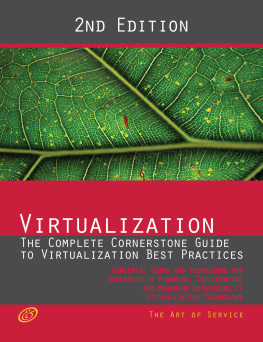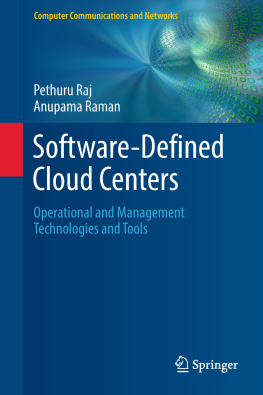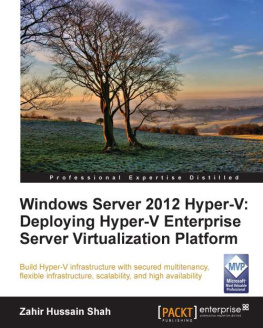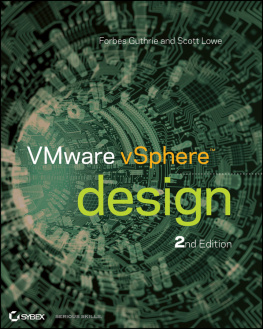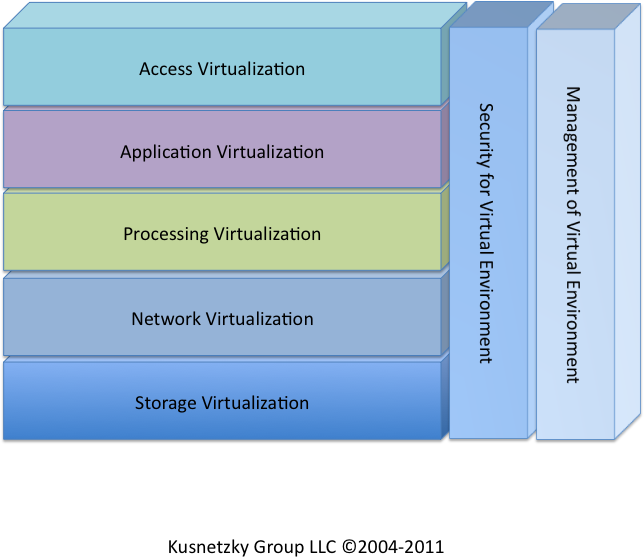Note
Safari Books Online is an on-demand digital library that lets you easily search over 7,500 technology and creative reference books and videos to find the answers you need quickly.
With a subscription, you can read any page and watch any video from our library online. Read books on your cell phone and mobile devices. Access new titles before they are available for print, and get exclusive access to manuscripts in development and post feedback for the authors. Copy and paste code samples, organize your favorites, download chapters, bookmark key sections, create notes, print out pages, and benefit from tons of other time-saving features.
OReilly Media has uploaded this book to the Safari Books Online service. To have full digital access to this book and others on similar topics from OReilly and other publishers, sign up for free at http://my.safaribooksonline.com.
How to Contact Us
Please address comments and questions concerning this book to the publisher:
| OReilly Media, Inc. |
| 1005 Gravenstein Highway North |
| Sebastopol, CA 95472 |
| 800-998-9938 (in the United States or Canada) |
| 707-829-0515 (international or local) |
| 707-829-0104 (fax) |
We have a web page for this book, where we list errata, examples, and any additional information. You can access this page at:
| http://www.oreilly.com/catalog/0636920020417/ |
To comment or ask technical questions about this book, send email to:
For more information about our books, courses, conferences, and news, see our website at http://www.oreilly.com.
Find us on Facebook: http://facebook.com/oreilly
Follow us on Twitter: http://twitter.com/oreillymedia
Watch us on YouTube: http://www.youtube.com/oreillymedia
Chapter 1. A Model of Virtualization
Model of Virtualization
Analysts often find that it is much easier to understand a complex environment if they build a reference model. The Kusnetzky Group Model of virtualization () is an example. Reference models must be comprehensive and the segments must be mutually exclusive to be really useful.
Over time, most of the functions that computers perform have in some way benefited from virtualization. It is important to note that some products incorporate features that straddle one or more layers of the model. Those products are typically assigned to the layer describing their most commonly used functions. As one would expect, industry and technological changes require that the model be revisited regularly to determine if previous categories should be merged into a single new category or deleted.
Figure 1-1. Kusnetzky Group model of virtualization
What Is Virtualization?
Virtualization is a way to abstract applications and their underlying components away from the hardware supporting them and present a logical or virtual view of these resources. This logical view may be strikingly different from the physical view. The goal of virtualization is usually one of the following: higher levels of performance, scalability, reliability/availability, agility, or to create a unified security and management domain.
This virtual view is constructed using excess processing power, memory, storage, or network bandwidth.
Virtualization can create the artificial view that many computers are a single computing resource or that a single machine is really many individual computers. It can make a single large storage resource appear to be many smaller ones or make many smaller storage devices appear to be a single device.
Layers of Virtualization at Work
There are many layers of technology that virtualize some portion of a computing environment. Lets look at each of them in turn.
Access virtualization
Hardware and software technology that allows nearly any device to access any application without either having to know too much about the other. The application sees a device its used to working with. The device sees an application it knows how to display. In some cases, special-purpose hardware is used on each side of the network connection to increase performance, allow many users to share a single client system, or allow a single individual to see multiple displays.


